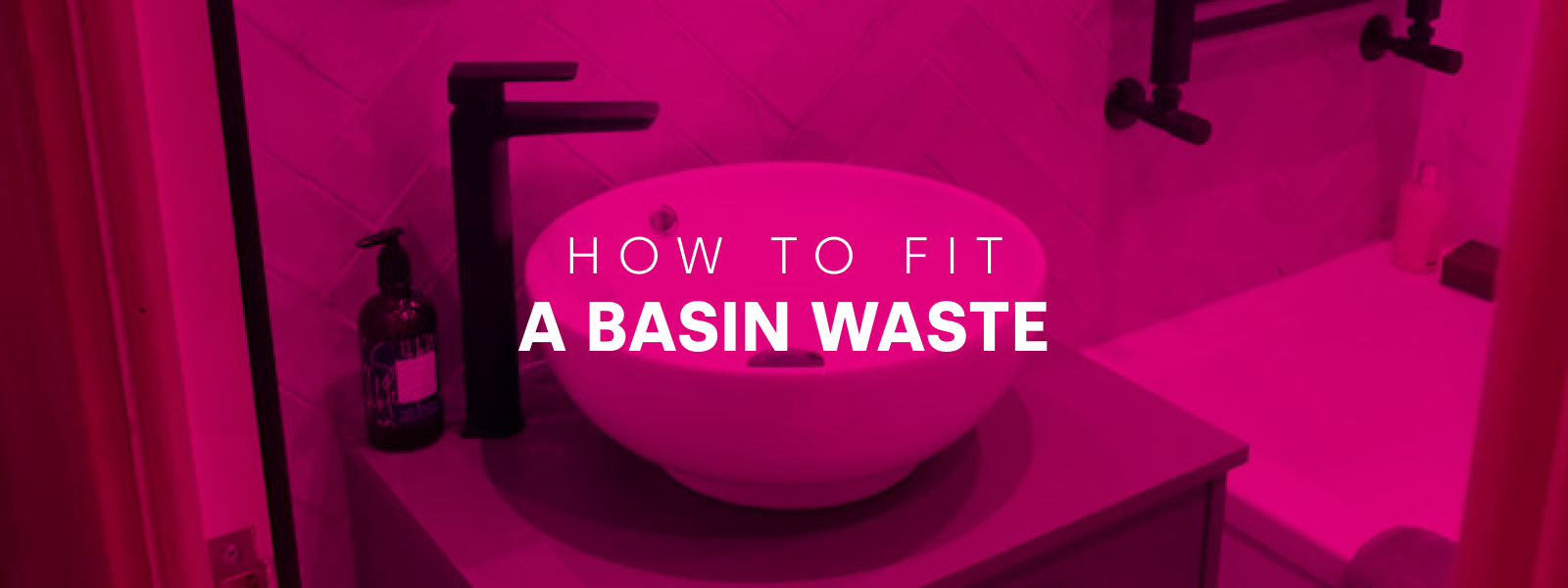
Whenever you install a basin, you’ll also have to fit a basin waste - the part of the unit that evacuates wastewater from the bowl.
Basin wastes need to be able to drain water without leaking - something that’s often easier said than done.
In this guide, we walk you through the equipment you’ll need to fit a basin waste and how to do it properly. We will also talk you through various methods you can use to ensure that you choose the right waste for your basin and avoid leaks.
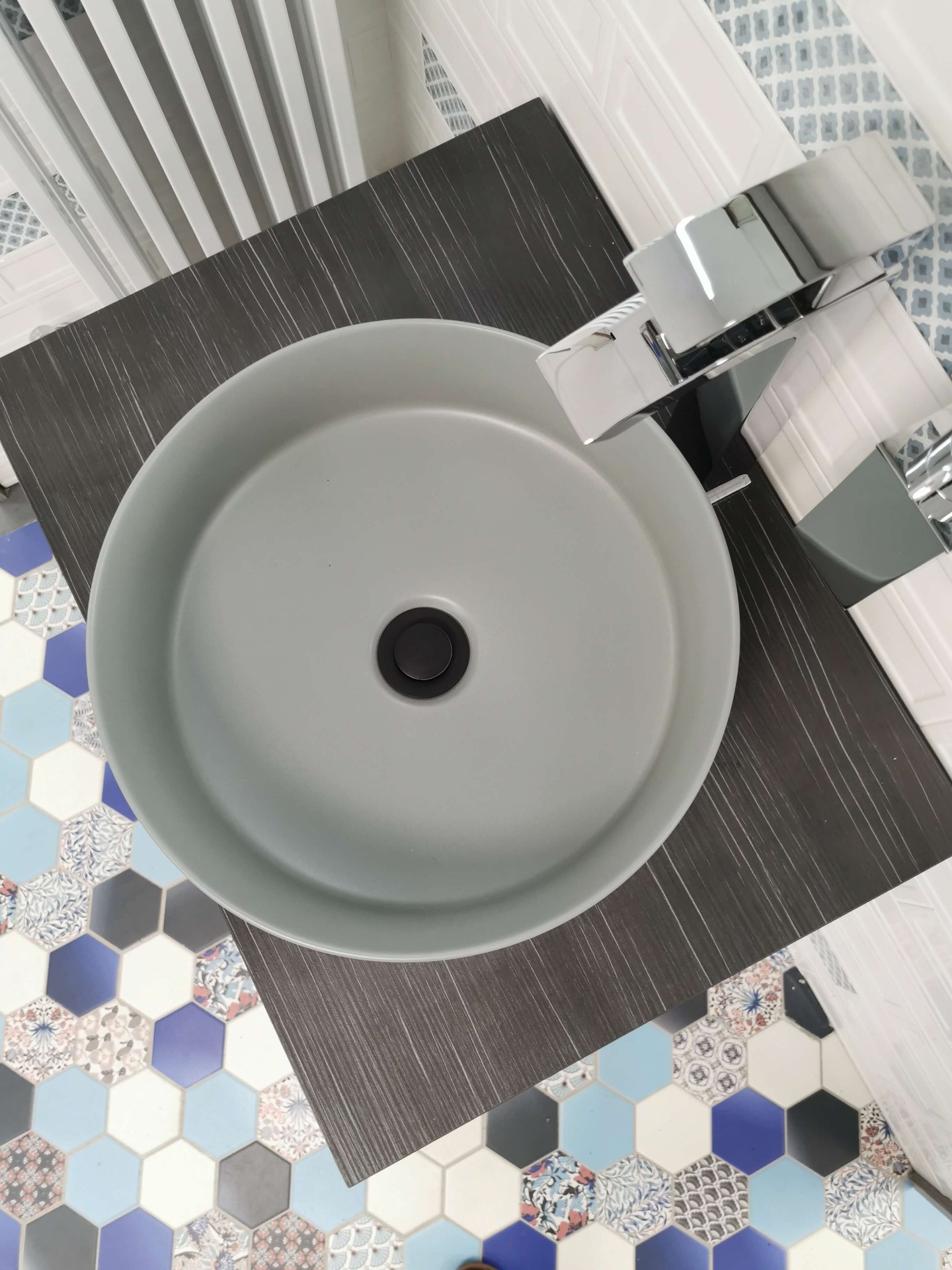
Fitting new basin wastes to existing sinks is sometimes necessary. Wastes tend to deteriorate faster than the surrounding sink and can eventually look so bad they detract from your bathroom’s style. In some cases, they can corrode or the seals can fail, leading to leaking. Mechanical issues can also plague wastes, thanks to the intricate mechanisms many sinks use to connect to waste-release levers on the basin’s faucets. Thus, knowing how to fit new ones is a must.
Tools You’ll Need
- - Sealant Gun
- - Plumber’s putty
- - Large grips
- - Large adjustable spanner
- - PTFE Tape
- - Bucket
- - Cleaning Cloth
Materials You’ll Need
- - Basin waste assembly
- - Pop-up or sprung assembly
Removing Your Old Basin Waste
In most situations, you’ll fit a new basin waste from scratch - such as when you’re renovating a bathroom and installing new sinks. However, sometimes, as mentioned, you just need to replace an existing waste with a new one.
Here’s what to do:
Step 1: Switch Off Your Water Supply
Whenever you do plumbing work, it’s a good idea to switch off your water supply. You want to avoid flooding your bathroom, especially if it is upstairs.
Step 2: Unscrew The Basin Trap
The next step is to unscrew the basin trap - the kind of S-shaped pipe under the sink. Doing this releases the existing waste from the plumbing, allowing you to remove it.
Unscrewing the basin waste nut by hand is difficult so use your large grips to loosen it. Then, once it’s loose, unscrew it the rest of the way by hand.
Once you free the trap, be careful to keep the accompanying rubber seal somewhere safe. Check for any degradation. If it looks degraded, replace it with a rubber O-ring of the same specification.
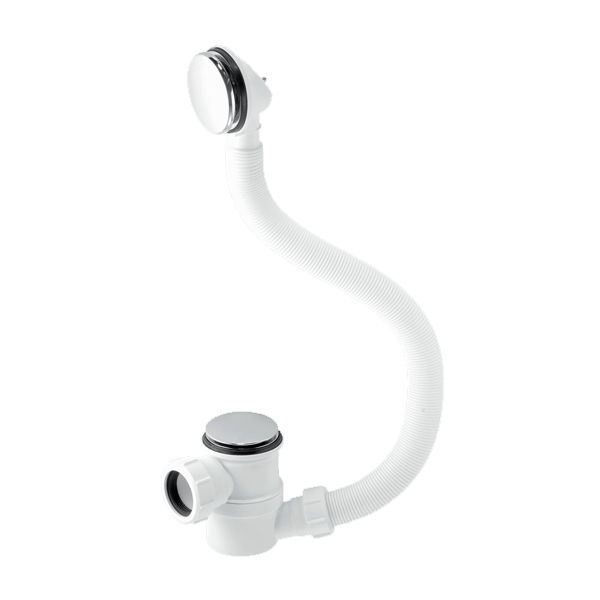
Step 3: Detach The Waste
Once you remove the trap, you’ll see a large nut on the underside of the basin. This fitting holds the waste in place.
Remove the nut with your grippers, being careful not to apply too much pressure if it is made of plastic. The nut should eventually loosen, allowing you to unscrew it the rest of the way by hand.
Please note that if the previous installer fitted the nut using silicone, it might be difficult to remove. If you’re having trouble, clasp the nut with your grippers, then twist and turn back and forth to free it slowly. Try to avoid forcing it.
Once you remove the nut, remove the rubber washer and then take the entire waste assembly out of the top of the basin
Step 4: Clean Up Any Residue
Check the hole in the basin and remove any gunk, grime or silicone residues.
Fitting A New Basin Waste
The following is a step-by-step guide, showing you precisely how to fit a slotted basin waste.
Step 1: Apply Plumber’s Putty
For those of you who don’t know, Plumber’s putty is a type of malleable sealant that’s useful in a wide variety of applications that involve connecting plumbing equipment. In this case, we’re going to use it to protect the basin’s vitreous china from the sharp edges of the slotted basin waste.
Start by taking some plumber’s putty in your hand. Roll it into a sausage shape so that it’s just wide enough to fit around the underside lip of the basin waste that comes into contact with the basin. Mould it around the lip, making sure to cover all sharp edges.
Please note that you are not applying the plumber’s putty to prevent leaks. It is simply a method to prevent basin damage during installation. You seal most basin wastes using a poly-washer and a nut.
Step 2: Seal The Thread With PTFE Tape
Even with the supplied washers, the basin waste may still leak. Because of this, it helps to apply PTFE tape around the thread that will come into contact with the final position of the nut.
Don’t worry if you don’t know precisely where this is. Just apply a band of tape around the likely location of the nut once you install the waste in the basin. Three rotations of tape around the body of the waste should suffice.
Step 3: Put The Basin Waste In The Basin Drain
Next, take the basin waste and insert it into the basin drain, ensuring that the plumber’s putty comes into contact with the basin, forming a layer between the metal and china.
Try to avoid silicone seals. Silicone tends to go hard over time, and it is messy to apply.
Step 4: Fit The Poly Washer And Nut
The next step is to secure the basin drain into position using the poly washer and the nut.
Take note of the location of the PTFE tape. It should extend into the basin’s drain. The purpose of the tape is to prevent water from running down between the thread and the nut once fitted.
Next, slip the poly washer over the basin waste, followed by the nut. When installing these components, ensure that you thread them in the correct orientation. Some manufacturers create asymmetric washers and nuts that only work when facing the right direction.
Spin the nut until it comes into contact with the poly washer. If spinning the washer moves the waste fitting, then it usually means that you have too much PTFE.
If you have too much, simply remove a few layers of tape and try again.
Step 5: Tighten The Nut
Once the nut is flush against the poly washer (which is flush against the underside of the basin drain), the next step is to tighten the nut.
Most waste assemblies come with plastic nuts, so you need to be careful with the tools you use and the pressure you apply. Being too forceful could damage the nut.
Use your large grips to clasp the nut and then tighten it clockwise. You want the nut to apply enough force to make the poly washer watertight, but not so much that it damages any of the fittings or exceeds their load tolerance.
If you’re not sure if the nut is tight enough (or too tight), you can test the basin by placing a drip tray on the floor and filling it with water. The basin should not leak.
Step 6: Clear Excess Plumber’s Putty From Around The Fitting
The process of fitting the nut will put pressure on the plumber’s putty, causing some of it to ooze out of the sink. Simply take your finger or a rag and clear up any excess.
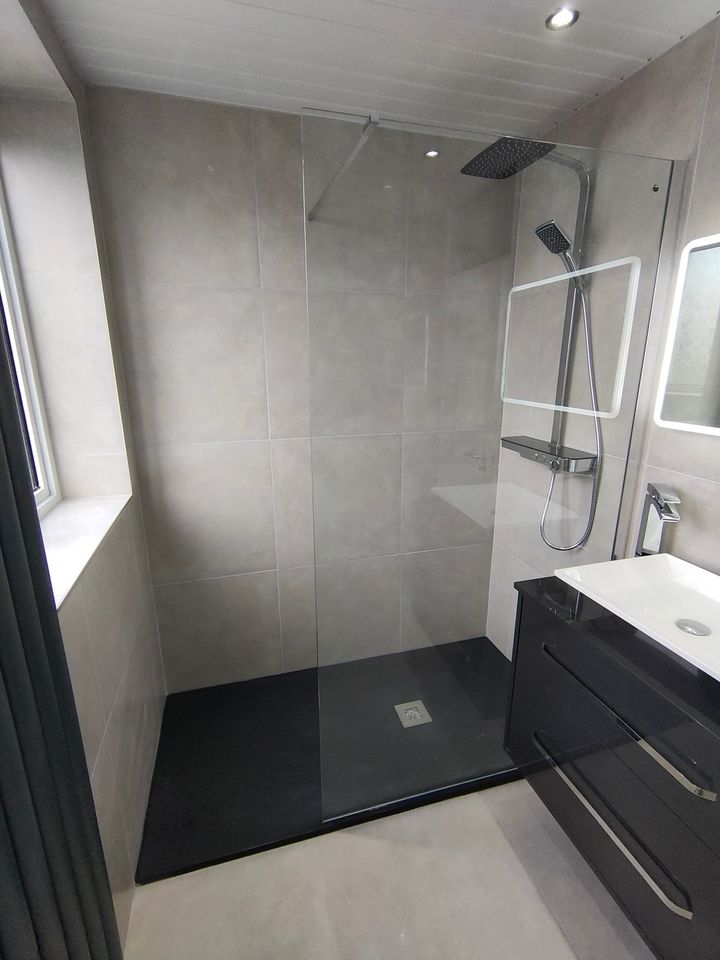
Step 7: Fit Back On The Waste Trap
Finally, reattach the basin waste unit to the waste trap, remembering to insert the rubber O-ring first, before tightening the bolt. Test the assembly to check that it is watertight.
Types Of Wastes Available
Basin wastes come in different varieties.
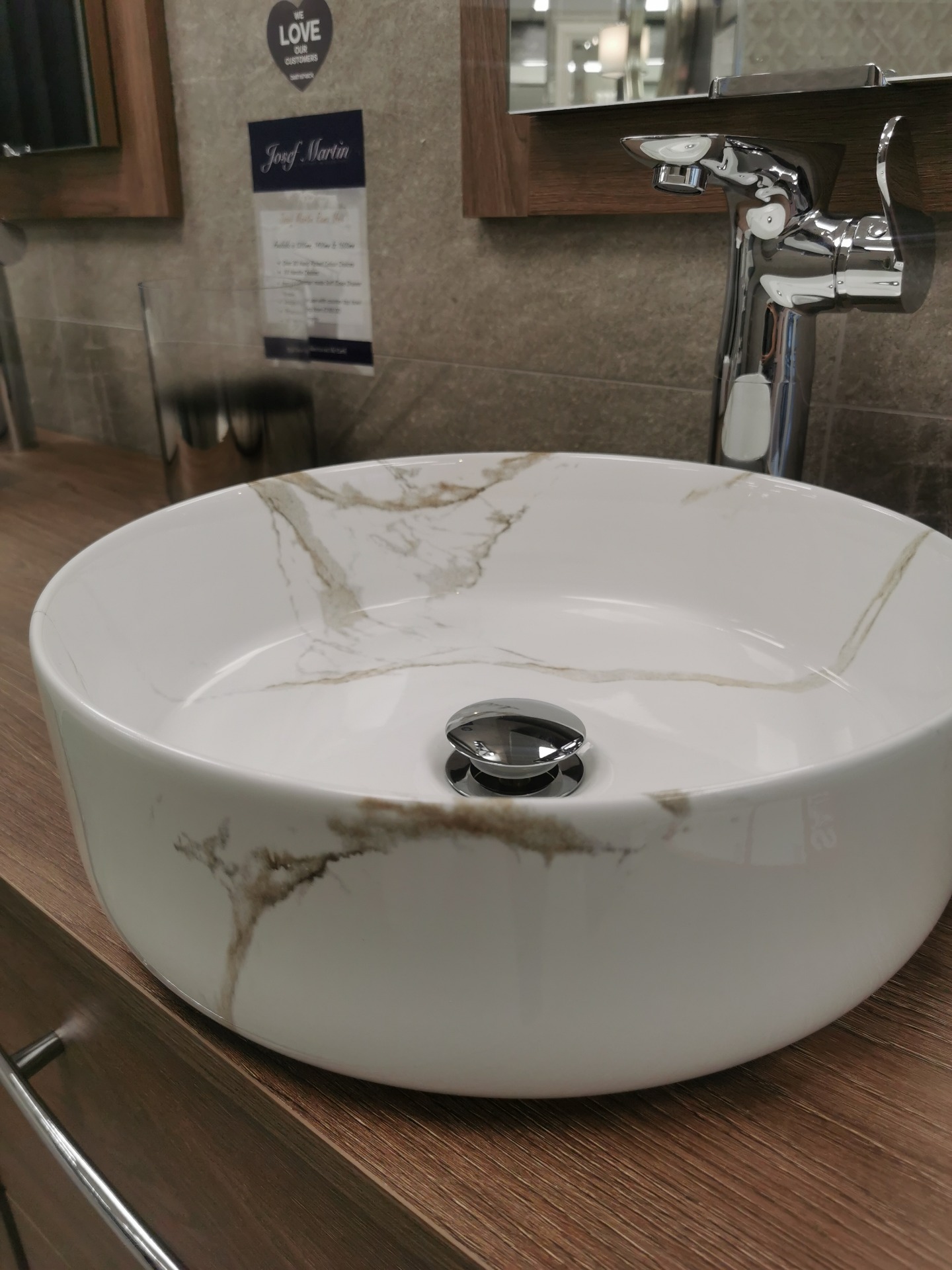
Slotted basin wastes have a hole in the side that fits to a sink overflow, allowing the basin to drain, even if the waste itself is closed. Unslotted, by contrast, are completely watertight, meaning that water from the overflow can’t enter the waste pipe.
If you’re installing an unslotted basin waste, then orientation doesn’t usually matter. However, if you’re installing a slotted variety, then you’ll need to make sure that the slot faces the rear of the basin so that you can attach the overflow.
Some basin wastes are called sprung wastes or “push-button wastes.” Here, you simply depress a button, usually on the faucet assembly, and the waste pops up. Other wastes don’t have any closure at all and require an external plug to hold water in the sink.
Installing a sprung waste is a little more involved than a standard waste. Typically, pop-up wastes work using a simple rod design that mechanically opens and closes the waste.
A pop-up waste rod connects through the faucet down the back of the sink, and then connects to another rod, connected directly to the waste unit itself.
Assembling the rods usually involves placing a series of washers and screws over them according to the manufacturer’s instructions, and screwing them into the waste itself, and the hand knob.
Bottom Line
Fitting a basin wastes is actually relatively easy, once you know how. Basic wastes are easy to install and don’t involve any complicated fiddling. If you’re removing an existing waste, be sure to place a bucket on the ground to prevent spillages. If you have a slotted waste, always orientate it so that you can attach the waste overflow pipe.
The easiest Rubik's Cube solution is available in many languages. Learn it quickly memorizing only a few algorithms.
